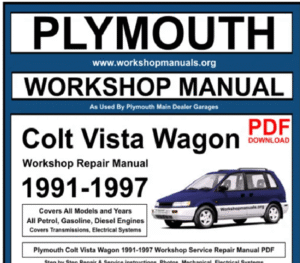Regulations in road transport

A road safety operation has been set up by the General Council to make young sixth-formers aware of bus safety. Gilles Emmanuel, driver of Voyage Cars Arts based in Hure, explained the basic rules to half of the classes and made them repeat the evacuation exercise several times (more than a minute to get out of the bus the first time, 22 seconds the second times). These maneuvers took place in the college car park where two buses were made available for the occasion. Emmanuelle Dupiol, manager of the Intermunicipal Syndicate for Schools (Sivos), parents of students and teachers attended.
Theoretical approach
During this time, Samy Benchena, controller at the General Council demonstrated to the fourth graders the importance of fluorescent vests or sursacs. “There are departments where it is mandatory. As an alternative, there is the armband. As long as we can see you up to 150 meters away,” he insisted. And he resumed the inevitable question: “At the bus stop, what are you doing?” “You have to wait for the bus to stop before moving forward and always stand in single file.”
The exchange with the college students was very productive and important to ensure that the essential safety instructions are passed on.
Regulations in road transport
Whether employed or self-employed, the truck driver observes strict rules to limit the risk of accidents. These apply to all drivers, French and foreign, regardless of vehicle registration. Driving time, breaks and rest periods are recorded so that they can be checked in the company by an inspector. First, the maximum driving times should be mentioned:
For break times, if the driver drives for 4.5 hours, he must take a 45-minute break. He can also take 2 breaks, of 15 minutes then 30 minutes, spread over this 4h30 range. As for the rest period, it is defined according to the nature of the transport, i.e. subject or not to Regulation (EC) n°561/2006:
The truck, a vehicle that requires rigorous maintenance
All vehicles must be accompanied by their maintenance booklet. This is the legal and professional proof summarizing the information on the truck as well as the follow-up of the repairs. It also traces the various technical inspections carried out each year for vehicles over 3.5 tonnes. As a precaution, the road driver carries out a few visual and auditory checks before each start to ensure his safety and that of other road users. It is his responsibility in the event of an incident.
Regulations for heavy goods vehicles on the road
Speed limits for trucks
You all have in mind the 60, 80 or even 90 buttons, stuck on the left rear corner of truck trailers. They indicate the maximum authorized speed according to the type of track. As a general rule, the authorized speeds for vehicles over 3.5 tonnes are as follows:
These speeds may change depending on the type of load (machinery, hazardous materials). Heavy goods vehicles are also subject to specific signage on the road network, sometimes with lanes dedicated to them in the event of a significant drop, in tunnels or on bridges (weight to be respected).
Loading, weight and dimensions
Each driver refers to the tonnage and dimension rules, listed in the highway code. When loading, he must know the empty weight (PV) of his vehicle as well as the PTAC to determine the payload, the weight of the goods. Each truck respects a total authorized rolling weight (GCW) according to the number of axles. Tables of characteristics list:
Authorization and ban on driving
In France, a truck weighing more than 7.5t is prohibited from driving between Saturday 10 p.m. and Sunday 10 p.m., all year round, not to mention public holidays. Local restrictions may be imposed in order to reduce the risk of pollution or improve safety when going on holiday. Again, there are exemptions for certain carriers (animals, events, air freight, fuel, moving, etc.). Emergency situations such as natural disasters or accidents may also give rise to exceptions.
The regulatory environment for road transport in Europe
Given the importance of the sector for the French economy, and more broadly European, the legislator must impose strict rules on truck drivers and transport companies. Respect for working conditions, road safety, fair competition, vehicle inspections… Everything is done to ensure that the profession is exemplary and that it is aware of its impact on other users, on the environment and on road assets. At European level, there is harmonization in order to better enforce:





